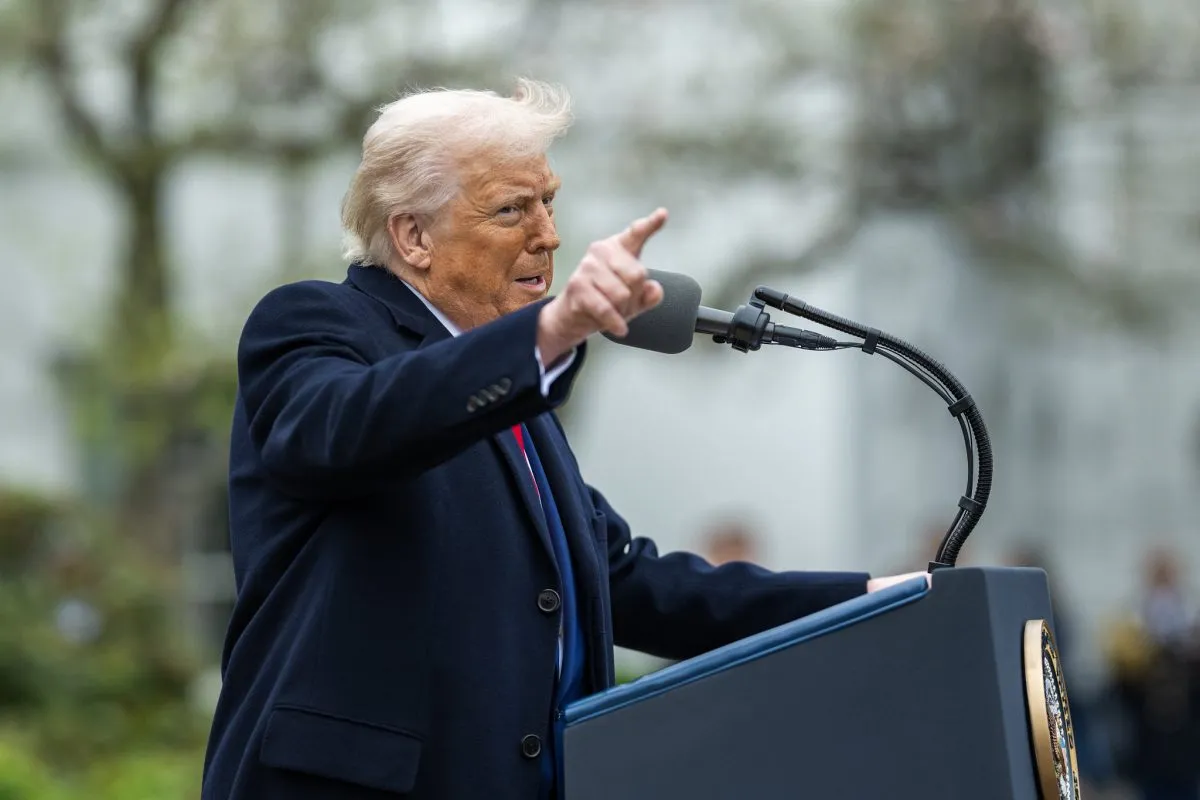Tourism CEOs: The Link Between Pay and Performance

Skift Take
Skift recently reviewed the pay for more than two dozen top bosses at U.S. destination marketing organizations (DMOs) and results varied widely: From less than $200,000 a year to more than $1.5 million — 14 made more than a half-million dollars in 2022, the most recent data available.
But determining a DMO's value isn’t clear-cut. One issue is that it’s difficult to assess how much credit a DMO should take for tourism. After all, there are several reasons a tourist may visit that have nothing to do with marketing.
It’s even harder to attribute results to the CEO.
“A core part of the job is to promote the destination, but I think that the question then is how much of the success is attributable to that particular CEO,” said Michele McKenzie, former CEO of Destination Canada. “I would be a bit wary of directly attributing a full economic impact to one person.”
As part of a CEO’s compensation review, a DMO’s board of directors considers a range of metrics, according to Mike Gamble, president of SearchWide Global, an executive recruiting firm.
For example, did the DMO’s marketing efforts lead to higher visitor spending, convention bookings, and higher hotel occupancy rates? Those are factors that drive critical tax revenues for a local economy.
Visit Florida's Return on Investment
Florida’s Office of Economic and Demographic Research released a review in March and estimated, for every dollar the state invested in Visit Florida between 2019 and 2022, it received just 58 cents in return.
That’s a low return on investment, but the researchers said Covid was to blame and that Visit Florida has typically returned much more.
“They are absolutely the three worst Covid-impacted years to be measured against what happened in that period,” said Amy Baker, chief economist for the state legislature and coordinator for the agency.
The researchers expect the return on investment to climb to $3.30, in line with past levels, said Baker. In its analysis for the 2016-2019 cycle, Visit Florida had an estimated ROI of $3.27.
“If you're thinking about the program going forward, we fully expect that they're going to be back at the levels we've seen in the past,” said Baker, adding that those levels make it “among the top programs of the state.”
The state government invested $146 million in Visit Florida in the 2019-2022 cycle. Visit Florida CEO and President Dana Young made $214,876 in 2022. The state limits the amount of CEO compensation that can come from government funds to $120,000.
Brand USA’s Impact
Brand USA, America’s destination marketing organization, has shown varied results from its marketing: a return of $34.36 for every $1 spent in 2013 to as low as $1.05 in 2021 during the Covid pandemic, according to a report in November 2023 by the Congressional Research Service.
But the CRS report notes that Brand USA commissioned the firm that did the ROI analysis and cites a 2014 Skift article that questioned Brand USA’s findings.
One 2019 academic study cited by CRS found Brand USA’s advertising has had “little effect on inbound international travel to the U.S.” once economic factors like exchange rates were taken into account.
“The organization presents a picture of success to sustain funding given that, when adding social, economic, and other controls for the nations targeted, their marketing efforts abroad do not work well,” the study said.
“It's a challenge to tap into those psychological reasons of why people want to visit,” said Staci M. Zavattaro, co-author of the study and professor of public administration at the University of Central Florida, told Skift.
“Considering these factors, Congress may be interested in authorizing a neutral, third-party evaluation of Brand USA,” the CRS report said.
Brand USA’s ROI analysis was completed by Tourism Economics, a research firm and subsidiary of Oxford Economics.
Tourism Economics President Adam Sacks said its ROI studies isolate external factors that will influence tourism to accurately capture Brand USA’s impact.
"We include those in the model as offsetting effects. Because one of the control factors is how is the U.S. performing relative to expectations based on exchange rates, economic performance, and that overall outbound market as it — as it ebbs and flows," he said.
Sacks added that Tourism Economics' study goes deeper than other studies thanks to its access to data. The study, for example, uses mobile device location data to determine how many travelers visited the U.S. after they saw a Brand USA digital advertisement, he said.
“Tourism Economics is widely respected as a trusted source of information, data, and analytics related to the travel and tourism industry. In fact, Adam Sacks, Tourism Economics president, also serves on the [U.S. Secretary of Commerce’s] Travel and Tourism Advisory Board,” said a Brand USA spokesperson.
Tourism boards have an easier time measuring the impact from meetings, conventions, and large events, according to Don Welsh, CEO and president of Destinations International. Events have a scheduled start and end date, and group-room bookings. DMOs know how many attendees came who wouldn’t have otherwise visited.
“The easiest thing to measure for the most part are meetings and events,” said Welsh.
Board Members Support the CEOs
Some DMO board members credit their destination’s success to the CEO.
“Atlanta is doing extremely well, and I credit that to the leadership that has a fantastic team that is at the Greater Atlanta Convention and Visitors Bureau,” said Leona Barr-Davenport, a board member for Atlanta’s convention bureau and president and CEO of Atlanta Business League.
Tourism board CEOs can open up new markets through creative campaigns, said Travis Wilburn, a former board member of Charlottesville Albemarle Convention & Visitors Bureau and co-founder of the 100 Collection, a vacation-rental company.
“Some of the tourism is going to come no matter what,” said Wilburn. “You can look at the individual success of the individual campaigns that they [the CEO] have created and/or worked on.”
Tourism board CEOs entice meeting planners to come to pick their destination for conventions and events, both of which bring large groups of business to hotels and downtown businesses.
“They are hugely important. That’s the only organization that can talk collectively with meeting planners,” said Vijay Dandapani, a member of NYC Tourism’s board of directors and CEO and president of the Hotel Association of New York City.
According to Welsh, CEOs have to defend their budgets, room night goals, estimated convention sales, and expected economic impact in front of their boards of directors.
“I'm not exaggerating, in many cities it's a good 30-60 day discussion before you arrive at that number, both at a budget and a goal standpoint,” he said.
Welsh said executives are heavily scrutinized by their boards.
“Every destination organization has an annual business plan that is approved by their board of directors,” he said.
It’s Tough to Evaluate Economic Impact Objectively
But some boards of directors and their compensation committees may not be in the best position to evaluate performance.
Independent research is limited. And a lot of economic analysis doesn't take into account alternative places tax dollars could have gone, including other projects or government programs.
Many boards are dominated by tourism and hotel industry veterans and local businesses, and their members serve on a non-paid, voluntary basis.
“The people there, they’ve been there for a few years. They’re usually friends with the CEO,” said McKenzie.
McKenzie said having someone not hired by management to evaluate impact is key to transparency and ensuring that CEOs are paid what they are actually worth.
Still, McKenzie said you can’t paint with a broad brush.
“Some of these CEOs are probably underpaid, some of them are probably overpaid,” she said.




